The International Rescue Committee (IRC) has partnered with the Circular Bioeconomy Alliance (CBA) and LVMH to launch a project that will address the negative impact of climate change on the Lake Chad basin in Central Africa. This 4-year program aims to support sustainable cotton farming while reversing the negative effects of climate change on the area. The new project will also support the regeneration of land and boost cotton production in Logone Occidental and Lac provinces. This article explores the program’s details and the importance of sustainable farming solutions in Chad.
Table of Contents
Introduction
This article will cover the partnership between the IRC, CBA, and LVMH to launch a project that will address the negative impact of climate change on the Lake Chad basin in Central Africa. The program aims to support sustainable cotton farming while reversing the negative effects of climate change on the area.
Background
Approximately 80% of Chadians work in the agricultural sector, which contributes to more than half of the country’s GDP. Cotton is a significant cash crop in Chad and is mainly grown in areas bordering Lake Chad, which requires a lot of water to grow. The lake has shrunk by 90% since the 1960s, reducing rainfall and raising fears that it could disappear in 20 years, according to FAO.
The new project
The new 4-year program will support sustainable cotton farming in Logone Occidental and Lac provinces and plant over half a million indigenous trees across 4,800 hectares of land around the lake. Through local farmers’ associations, the program will also support other agricultural value chains like timber and fruit farming while facilitating access to markets.
Support for other agricultural value chains
In addition to supporting sustainable cotton farming, the program will also support other agricultural value chains such as timber and fruit farming. This support will help boost the country’s GDP while ensuring that local communities have access to markets for their products.
The significance of sustainable farming
Sustainable cotton growing not only provides a vital source of income for farmers, but it also has the potential to mitigate the impacts of climate change by promoting responsible land use practices. By adopting these methods in the Logone Occidental and Lac provinces, water usage will reduce, and soil degradation will prevent. Moreover, these practices protect fragile ecosystems, ensuring that local communities can continue to support themselves and their families.
Environmental and social benefits
The new program will help restore biodiversity, heal degraded soil and strengthen local livelihoods through sustainable and resilient farming solutions in Chad. By regenerating land and boosting cotton production, the program will also address the negative impact of climate change on the Lake Chad basin in Central Africa. The program will provide a vital source of income for farmers while mitigating the impact of climate change and promoting responsible land use practices.
Program partners
The program will be implemented in partnership with the Pretaterra, the largest agroforestry intelligence hub in the world, Reforest’Action, which preserves, restores, and grows forests globally, Olam International, which works in the agribusiness value chain, CotontChad SIV partly owned by the Olam International and the Government of Chad, and RAPS Mandoul based in Chad’s Longone province and works in agroforestry.
The significance of the project
The project is aligned with the United Nations Sustainable Development Goals, specifically SDG 13: Climate Action, SDG 15: Life on Land, and SDG 12: Responsible Consumption and Production. The project’s objective is to reverse the negative impact of climate change on the Lake Chad basin in Central Africa, which has been experiencing a drastic decline in water levels and a loss of biodiversity due to deforestation and unsustainable land use practices.
The IRC and its partners aim to restore the degraded landscapes by promoting regenerative agriculture and planting over half a million indigenous trees across 4,800 hectares of land around the lake. They will also support sustainable cotton farming in the Logone Occidental and Lac provinces of Chad, where cotton is a major cash crop, and approximately 80% of Chadians work in the agricultural sector.
The program’s implementation will involve working with local farmers’ associations to facilitate access to markets for their cotton and other agricultural value chains like timber and fruit farming. This approach will create a more diversified and resilient local economy while promoting sustainable land use practices.
The project’s significance is not limited to its environmental benefits but also includes its social and economic impact. The sustainable cotton farming and agroforestry practices will create new job opportunities and increase the income of local communities. The program’s inclusive approach will ensure that marginalized groups, including women and youth, are included in decision-making and benefit from the project’s outcomes.
The partnership between the IRC, CBA, and LVMH highlights the importance of public-private partnerships in achieving sustainable development goals. The project’s innovative approach to address the negative impact of climate change on the Lake Chad basin while supporting sustainable livelihoods is a model that can be replicated in other regions facing similar challenges.
Conclusion
In conclusion, the IRC partnership with the Circular Bioeconomy Alliance and LVMH to implement a new cotton production and land restoration project in Chad is an excellent example of how sustainable agriculture can contribute to reversing the negative impacts of climate change while promoting sustainable livelihoods. The program’s implementation will involve local farmers, associations, and other stakeholders in decision-making processes, creating an inclusive approach that ensures the project’s sustainability. The partnership also highlights the importance of public-private partnerships in achieving sustainable development goals.
FAQs
- What is the Lake Chad Basin? The Lake Chad Basin is a large, shallow, endorheic lake located in the Sahelian zone of west-central Africa. It is a major source of freshwater for millions of people in Chad, Nigeria, Niger, and Cameroon.
- What is the significance of the cotton industry in Chad? The cotton industry is a significant source of income for local communities in Chad, with approximately 80% of Chadians working in the agricultural sector, which contributes to more than half of the country’s GDP.
- What are the Sustainable Development Goals? The Sustainable Development Goals (SDGs) are a collection of 17 global goals set by the United Nations General Assembly in 2015 for the year 2030. The goals are aimed at addressing poverty, inequality, climate change, environmental degradation, and promoting sustainable development.
- What is regenerative agriculture? Regenerative agriculture is a system of farming principles that focuses on regenerating soil health, increasing biodiversity, improving ecosystem services, and promoting food security. It involves practices like crop rotation, cover cropping, composting, and reduced tillage.
- What is the Circular Bioeconomy Alliance? The Circular Bioeconomy Alliance (CBA) is an initiative by King Charles III that aims to advance the circular bioeconomy while restoring biodiversity globally. It provides knowledge-informed support as well as a learning and networking platform to connect the dots between investors, companies, governmental and non-governmental organizations, and local communities.
Do Checkout More like this here






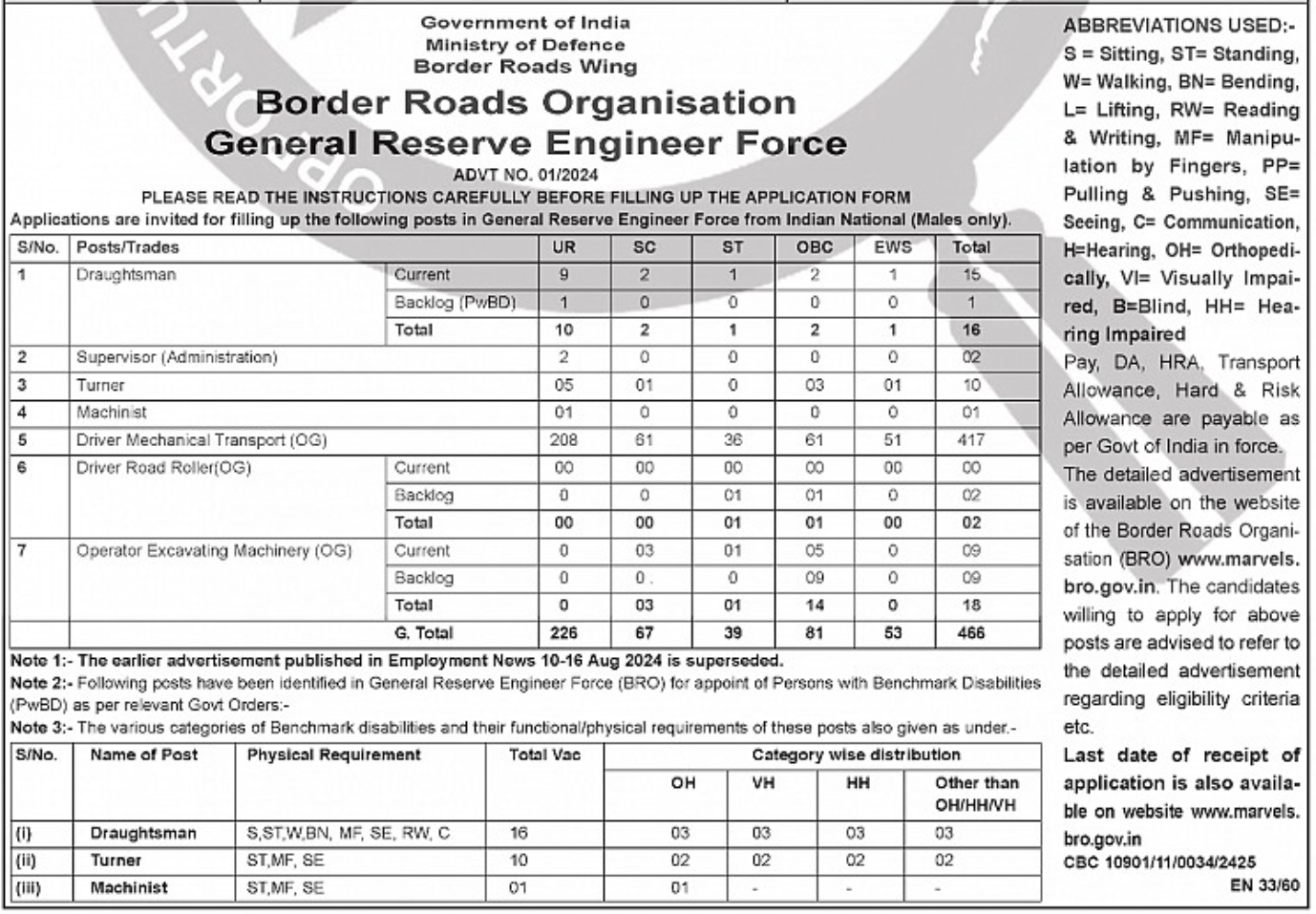


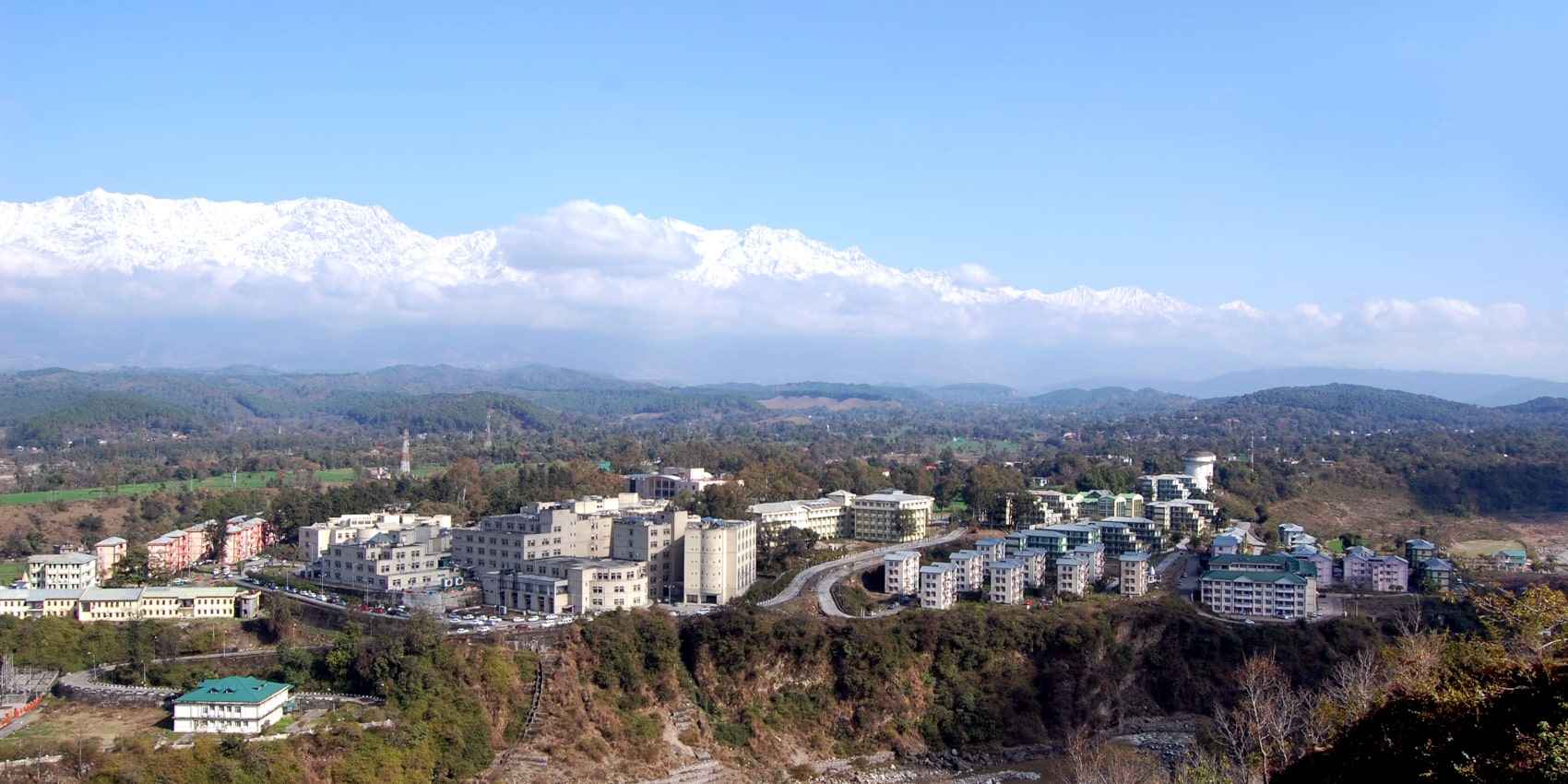



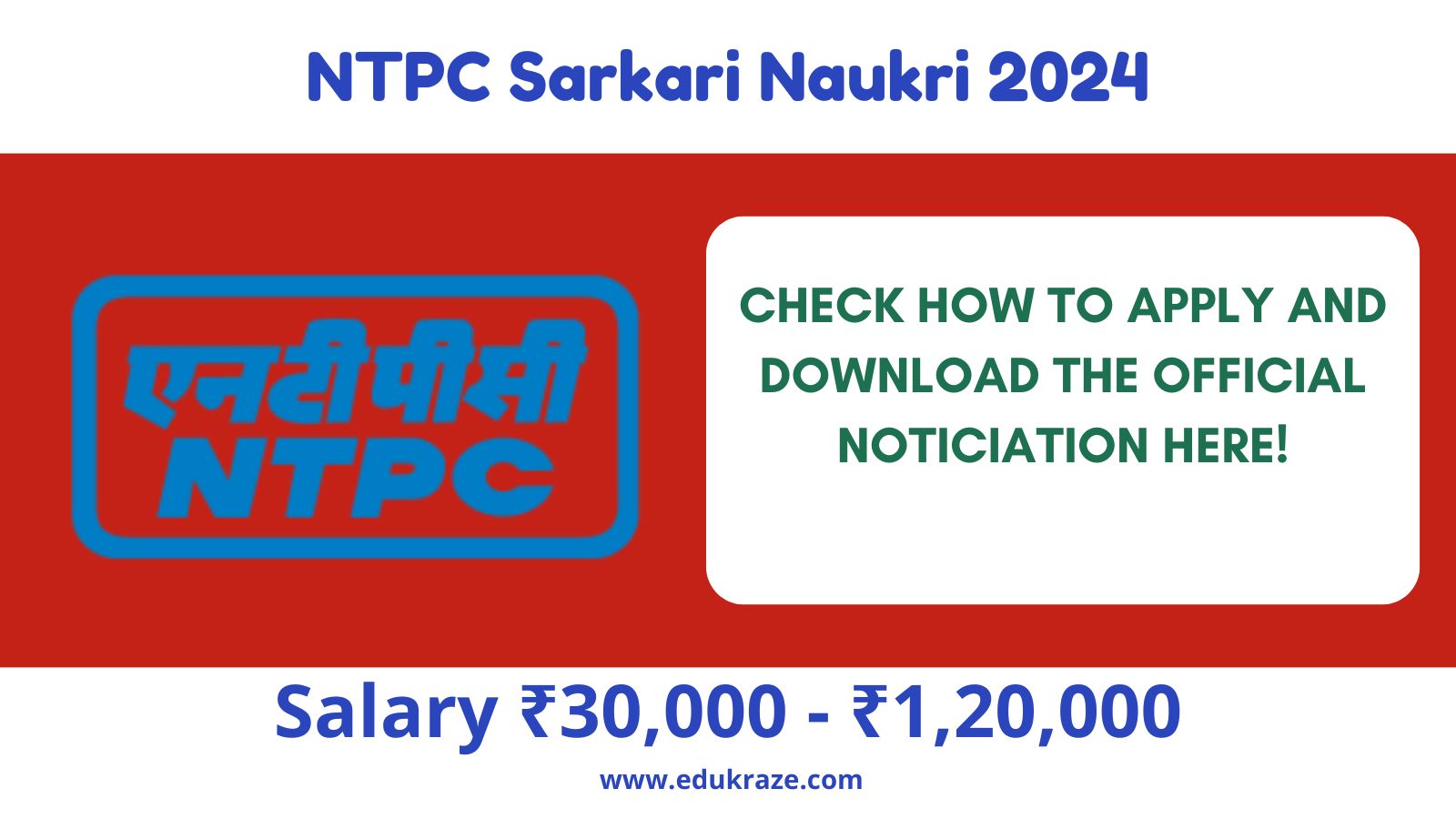
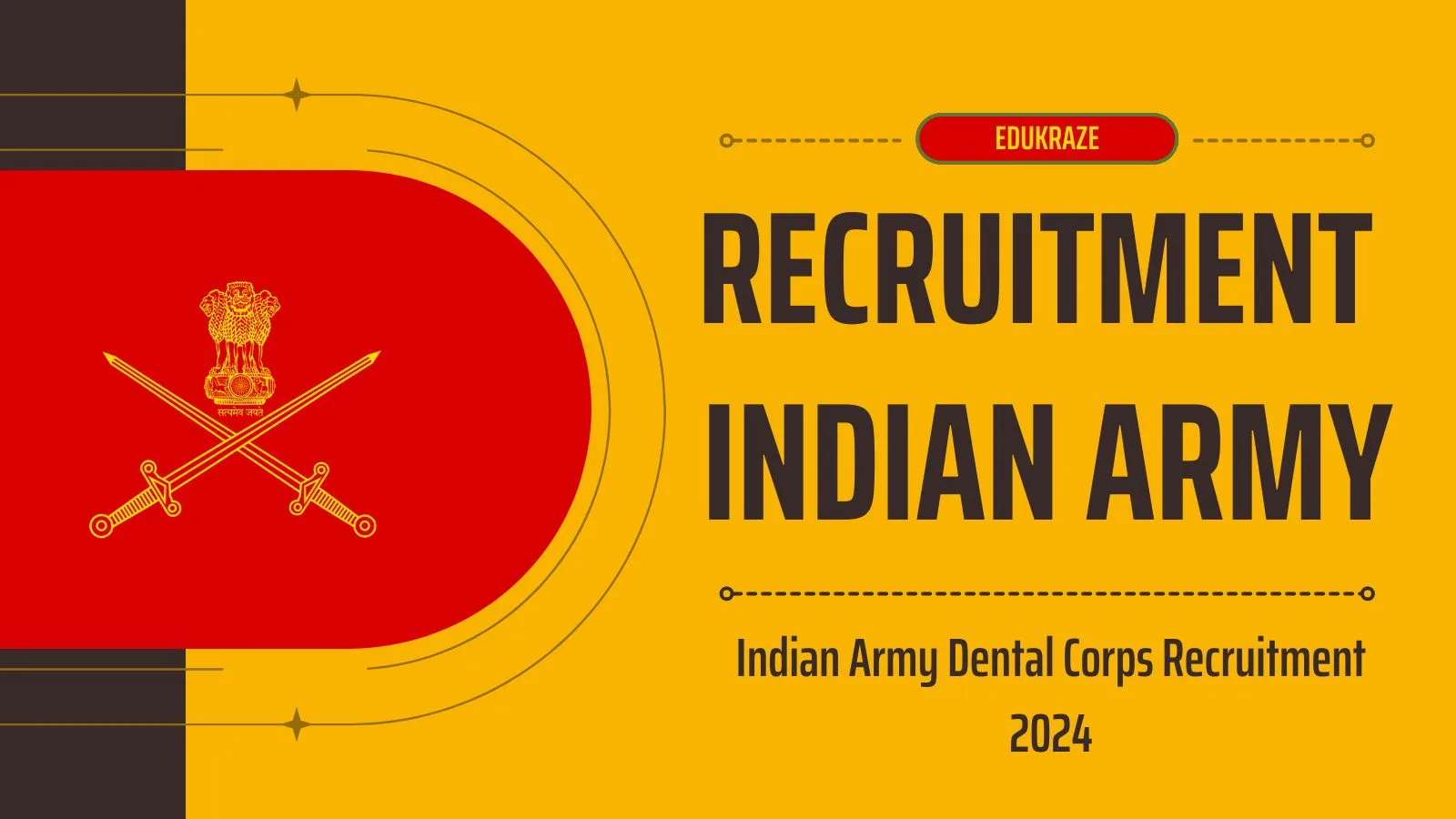
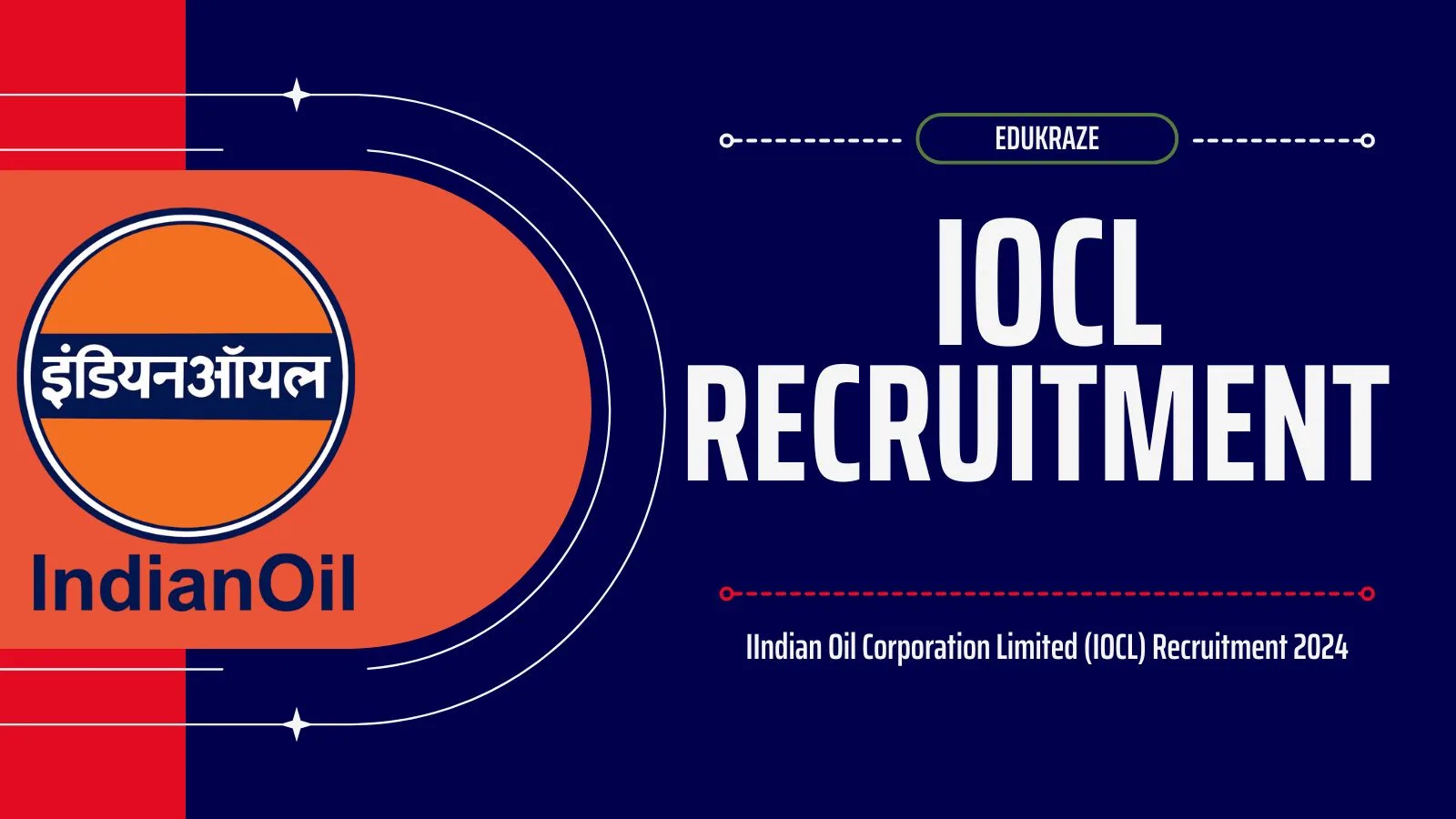
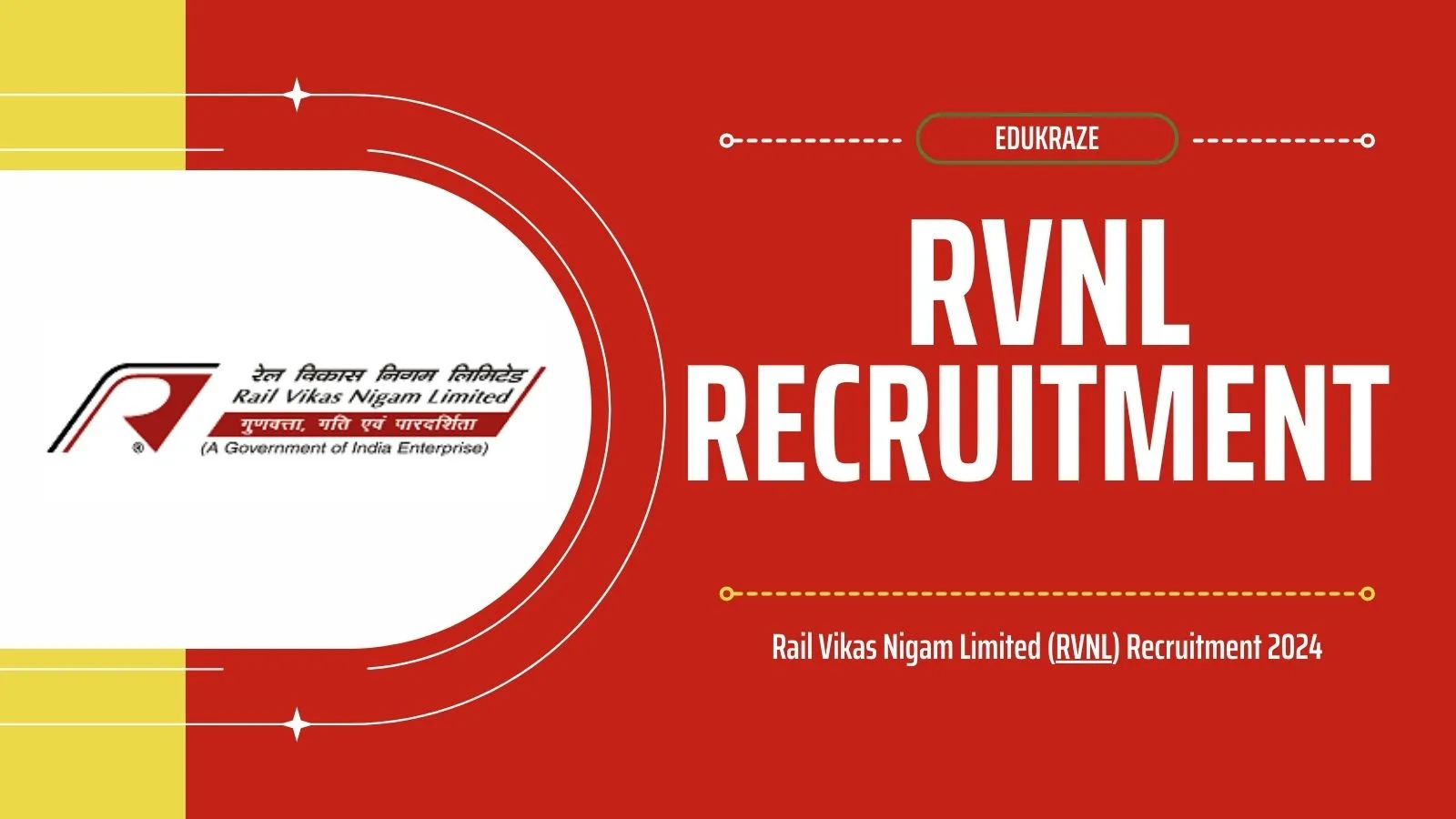








Wow, marvelous blog format! How lengthy have you
ever been blogging for? you made running a blog look easy.
The whole look of your website is excellent, as neatly as the
content!